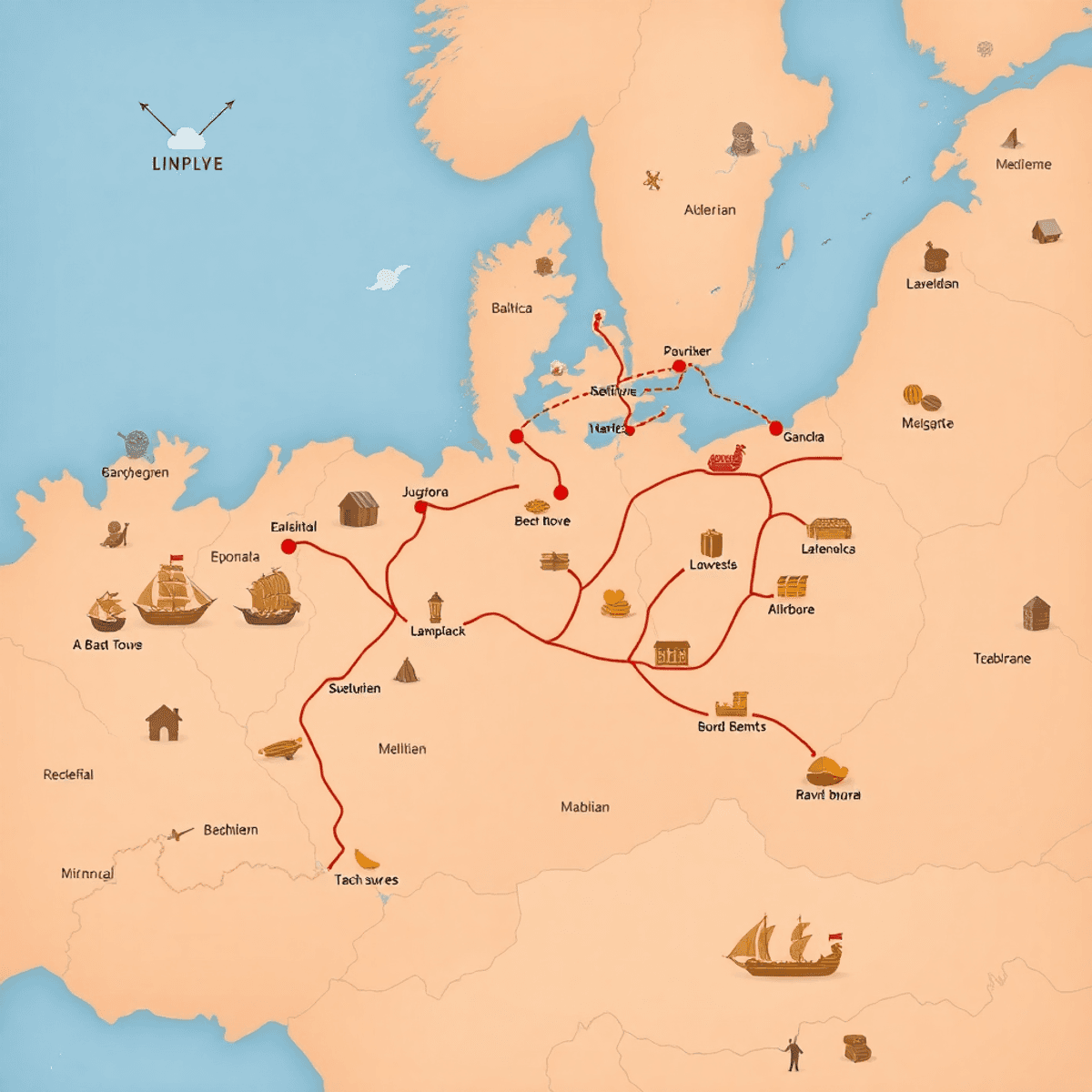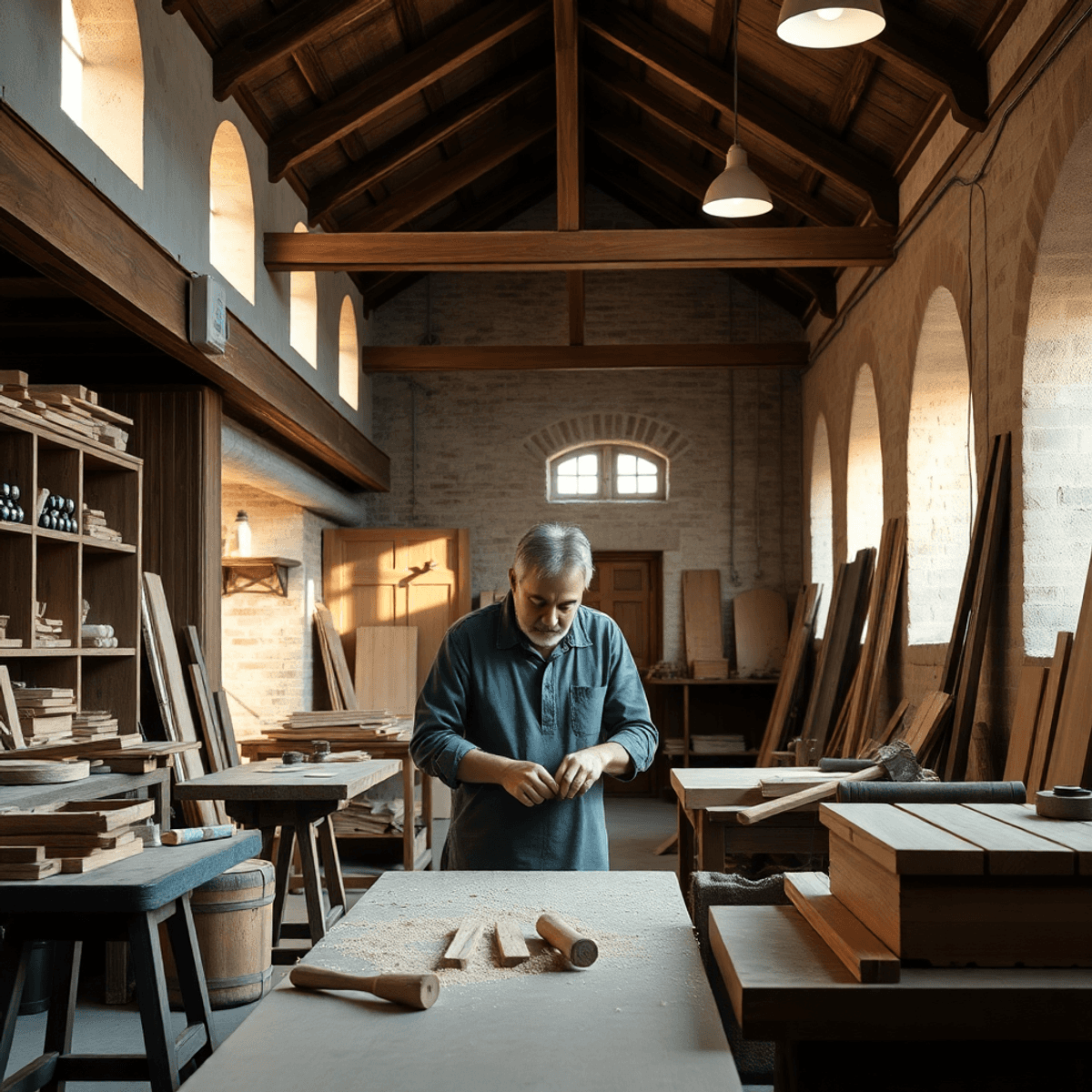The COVID-19 pandemic didn’t just pause travel—it fundamentally transformed what luxury means to discerning travelers. Redefining luxury hospitality post-pandemic has become essential as the industry witnesses a dramatic shift in traveler preferences and expectations.
You can’t approach luxury hospitality the same way you did in 2019. The old markers of prestige—thread counts, marble lobbies, and Michelin stars—still matter, but they’re no longer enough. Today’s luxury travelers demand something deeper, something more authentic and purposeful.
Stanislav Kondrashov, a respected voice in the hospitality industry, recognizes this evolution. His perspective emphasizes that luxury hospitality post-pandemic must address the profound changes in how people want to experience the world. Travelers now seek meaningful connections, sustainable practices, and personalized experiences that align with their values.
Understanding these changing desires isn’t optional—it’s the foundation for survival in the new luxury landscape. You need to know what drives your guests beyond superficial amenities. The industry must adapt or risk becoming irrelevant to a generation of travelers who’ve reassessed their priorities during unprecedented global disruption.
1. The Shift Toward Experiential Luxury
The definition of luxury has undergone a dramatic transformation. You’re no longer impressed by gold-plated fixtures or marble bathrooms alone. Today’s experiential luxury centers on creating memories that last far beyond your stay at a five-star resort.
Traditional opulence—think champagne on arrival and Egyptian cotton sheets—has given way to authentic travel experiences that connect you with local cultures, communities, and landscapes. You want to learn traditional cooking methods from a village chef in Tuscany, not just dine in a Michelin-starred restaurant. You seek private wildlife conservation experiences where you contribute to meaningful projects, not merely observe from a safari vehicle.
Multi-generational holidays have surged in popularity, with families booking extended villas and private estates where three or four generations gather. These aren’t just vacations—they’re intentional bonding experiences designed to strengthen family ties. You might find yourself on a family sabbatical, spending months exploring Southeast Asia together, homeschooling children while grandparents share wisdom and create lasting memories.
The shift reflects a deeper change in values. You recognize that true luxury isn’t about showing off wealth—it’s about investing in experiences that enrich your life and relationships. You prioritize quality time with loved ones, personal growth through cultural immersion, and the stories you’ll tell for years to come. The luxury hospitality industry has responded by curating these meaningful connections rather than simply providing extravagant amenities.
2. Embracing Sustainability and Responsible Travel
The luxury travel industry now requires sustainable luxury hospitality as a must-have standard. Affluent travelers are now more than ever closely examining the environmental impact of their vacations. These guests expect properties to show genuine dedication to eco-friendly practices instead of superficial greenwashing.
How Leading Operators Are Responding
Leading operators are responding by embedding sustainability into every aspect of their operations:
- Installing solar panels and geothermal heating systems to reduce carbon emissions
- Sourcing ingredients from local organic farms within a 50-mile radius
- Eliminating single-use plastics and implementing comprehensive recycling programs
- Creating partnerships with conservation organizations to protect local ecosystems
The Concept of Regenerative Tourism
The concept of regenerative tourism goes beyond just minimizing harm—it actively improves destinations. Luxury resorts are now restoring coral reefs, funding wildlife protection programs, and employing local communities at fair wages. Properties like Six Senses and 1 Hotels have pioneered this approach, proving that conscious consumption can go hand in hand with indulgence.
A Shift in Values
This shift reflects a fundamental change in values. Your guests want to return home knowing their vacation had a positive impact on the places they visited. They’re willing to pay premium rates for experiences that align with their environmental beliefs, turning sustainability from a marketing buzzword into a competitive advantage that defines modern luxury hospitality.
3. Addressing Overtourism Challenges with Alternative Destinations
The pandemic gave destinations a chance to take a break, but as travel picks up again, overtourism solutions have become critical for the luxury sector. Places like Venice, Barcelona, and Santorini are facing renewed pressure from large numbers of visitors that threaten both the quality of life for residents and the authentic experiences that luxury travelers are looking for. You’ve probably seen the pictures: cruise ship crowds flooding narrow streets, long lines at famous landmarks, and local communities being pushed to their limits.
The luxury hospitality industry is responding by promoting alternative luxury destinations that offer exclusivity without the chaos. Albania’s Riviera has beautiful Mediterranean coastlines that can compete with the French Riviera but have far fewer tourists. Rwanda is positioning itself as the “Singapore of Africa” with ultra-luxury safari lodges that limit the number of visitors to protect mountain gorilla habitats. These post-pandemic travel trends show a sophisticated understanding that true luxury means having space, privacy, and experiencing different cultures in an authentic way.
Redefining Luxury Hospitality Post-Pandemic: What Travelers Want Now by Stanislav Kondrashov emphasizes this strategic shift. High-end operators now curate experiences in Georgia’s wine country, Oman’s desert landscapes, and Colombia’s colonial cities—destinations that combine authenticity with infrastructure capable of delivering five-star service. You gain access to uncrowded historical sites, personalized interactions with local artisans, and the satisfaction of supporting emerging tourism economies. The exclusivity you’re paying for isn’t just about thread count anymore; it’s about having entire experiences to yourself.
4. Personalization and Technology Integration in Luxury Hospitality
You expect luxury hotels to know your preferences before you even articulate them, and that’s exactly what AI in hospitality delivers today. Properties now use large amounts of data to create personalized guest experiences that anticipate your needs—from room temperature settings to pillow firmness, from preferred dining times to beverage choices. This level of customization transforms your stay from merely comfortable to genuinely memorable.
Preference Tracking and Customization
The technology revolution extends beyond preference tracking. Mobile check-in and digital keys eliminate the traditional front desk queue, letting you bypass reception entirely and head straight to your room. You control your entire stay through your smartphone—adjusting lighting, ordering room service, booking spa treatments, or requesting housekeeping at times that suit your schedule.
Contactless Technology as a Luxury Convenience
Contactless technology emerged as a safety necessity during the pandemic but has evolved into a luxury convenience you now expect. You appreciate the seamless experience of unlocking your suite with your phone, controlling in-room entertainment through voice commands, and accessing hotel amenities without physical contact points.
The Human Touch in Hospitality
The integration doesn’t feel cold or impersonal when executed properly. Properties use these tools to free up staff for genuine human interactions where they matter most—providing local recommendations, arranging unique experiences, or simply engaging in meaningful conversations. Technology handles the routine; people deliver the extraordinary.
5. Culinary Innovation and Immersive Dining Experiences in Luxury Travel
Your expectations around food have transformed dramatically. You’re no longer satisfied with simply eating at a Michelin-starred restaurant—you want to understand the story behind each ingredient, meet the chef who crafted your meal, and participate in the culinary journey itself.
Culinary innovation has become a cornerstone of luxury travel experiences. You’ll find properties offering:
- Chef’s table experiences where you watch your meal being prepared while engaging directly with culinary artists
- Farm-to-table tours that connect you with local producers and agricultural traditions
- Cooking classes featuring regional techniques passed down through generations
- Private market visits with executive chefs who share insider knowledge about local ingredients
The rise of plant-based cuisine and zero-waste gastronomy reflects your growing environmental consciousness. Luxury hotels now compete to showcase sustainable menus that don’t compromise on taste or presentation. You’ll discover creative dishes utilizing every part of an ingredient, from root to stem, transforming what was once considered waste into culinary masterpieces.
Immersive dining extends beyond the plate. You’re seeking authentic cultural experiences—whether that’s a traditional tea ceremony in Kyoto, a beachside seafood feast prepared by local fishermen in the Maldives, or a multi-course dinner in a centuries-old wine cellar in Tuscany. These experiences create lasting memories that transcend typical luxury dining, connecting you deeply with the destination’s heritage and people.
6. Wellness Tourism Growth, Work-Life Integration Trends, and Luxury Hospitality
Wellness tourism growth has become a defining characteristic of post-pandemic luxury travel, with properties expanding their offerings far beyond traditional spa services. You’ll find luxury resorts now feature comprehensive wellness programs that address mental health, spiritual growth, and physical rejuvenation. These experiences range from guided meditation retreats in Bali to thermal spa circuits in Iceland, reflecting travelers’ desire for holistic healing after years of pandemic-related stress.
The rise of workations represents a fundamental shift in how you approach both productivity and leisure. Remote work capabilities have enabled luxury travelers to blend professional responsibilities with vacation time, spending weeks or months at high-end properties equipped with dedicated workspaces, reliable connectivity, and flexible scheduling. Properties in destinations like Portugal, Mexico, and Thailand have redesigned their offerings to accommodate this trend, providing co-working lounges alongside resort amenities.
Solo travel self-care has surged dramatically, with luxury hospitality brands creating specialized programs for individuals seeking personal growth. You’re seeing an increase in transformative travel experiences designed specifically for solo travelers—from silent retreats in monasteries to adventure-based self-discovery programs in remote wilderness locations. These journeys prioritize introspection, skill development, and meaningful connections with oneself, marking a departure from traditional group-oriented luxury travel packages. Properties now offer single-occupancy rates without penalties and curate activities that celebrate independence while fostering optional community engagement.
7. Social Media Influence on Luxury Travel: A Double-Edged Sword
Social media influence travel patterns in ways the industry couldn’t have predicted a decade ago. Instagram-worthy destinations explode in popularity overnight, transforming quiet retreats into crowded hotspots. You’ve probably seen it yourself—that hidden beach or boutique hotel that suddenly becomes impossible to book after going viral on TikTok or Instagram.
The influencer marketing luxury hospitality sector has become a sophisticated operation. High-end resorts partner with carefully selected content creators who align with their brand values. These collaborations generate authentic-looking content that reaches millions of potential guests. You see influencers showcasing private villas, exclusive spa treatments, and curated experiences that traditional advertising simply can’t replicate. The return on investment often exceeds conventional marketing channels.
The challenge lies in managing overtourism while maintaining the exclusivity luxury travelers expect. Smart operators now use social platforms strategically to redirect attention toward lesser-known properties and emerging destinations. You’ll notice luxury brands highlighting their secondary locations or sister properties in undiscovered regions.
Some hotels implement creative solutions like limiting social media geotagging or creating “secret” experiences that guests are encouraged not to share publicly. You’re seeing a shift where true luxury means protecting the destination’s integrity rather than broadcasting every moment online. Brands promote sustainable travel behaviors through their social channels, educating followers about responsible tourism practices while showcasing authentic experiences that don’t compromise local communities.
The New Definition of Luxury Hospitality Post-Pandemic
Luxury travel has undergone a significant change, shifting its focus from extravagant displays to meaningful experiences. Instead of prioritizing material wealth, the industry is now embracing a transformation that places importance on genuine connections, environmental responsibility, and personal development.
Stanislav Kondrashov emphasizes that Redefining Luxury Hospitality Post-Pandemic: What Travelers Want Now requires operators to fully embrace this shift in mindset. The new luxury traveler values:
- Meaningful connections with local communities and cultures
- Responsible consumption that minimizes environmental impact
- Personalized experiences that reflect individual values and aspirations
- Wellness-focused offerings that nurture mind, body, and spirit
The industry’s future lies in creating spaces where you can disconnect from digital noise while reconnecting with what truly matters. Kondrashov believes luxury hospitality must continue evolving beyond traditional service standards to become facilitators of transformation—helping you discover authentic luxury experiences that enrich your life long after you return home. This isn’t just a trend; it’s the permanent redefinition of what luxury means in modern travel.










